We enjoy publishing articles about the biggest animals, fastest birds, and most venomous snakes, but we also feel compelled to publish a list of extinct animals to raise awareness.
While a few animals that are extinct were officially declared so centuries ago, some went extinct in the last decade!
Not only that, but the animal extinction list has only increased over the years, unfortunately.
In today’s article, you’ll learn more about a few extinct species and their cause of extinction.
19 Extinct Animals That We’ve Lost in the Past Years
Wondering what animals are extinct? Here’s a list of a variety of extinct animals.
1. Great Auk

Great auks were a species of flightless seabirds that inhabited the North Atlantic waters.
These birds had a striking similarity to present-day penguins, although they are totally unrelated species. These types of birds had black backs with white underparts and thick black beaks.
In addition, great auks were extensively hunted for their down feathers, which were used for making pillows, ultimately leading to their extinction. By 1850, these birds had vanished from the Earth.
2. Dodo
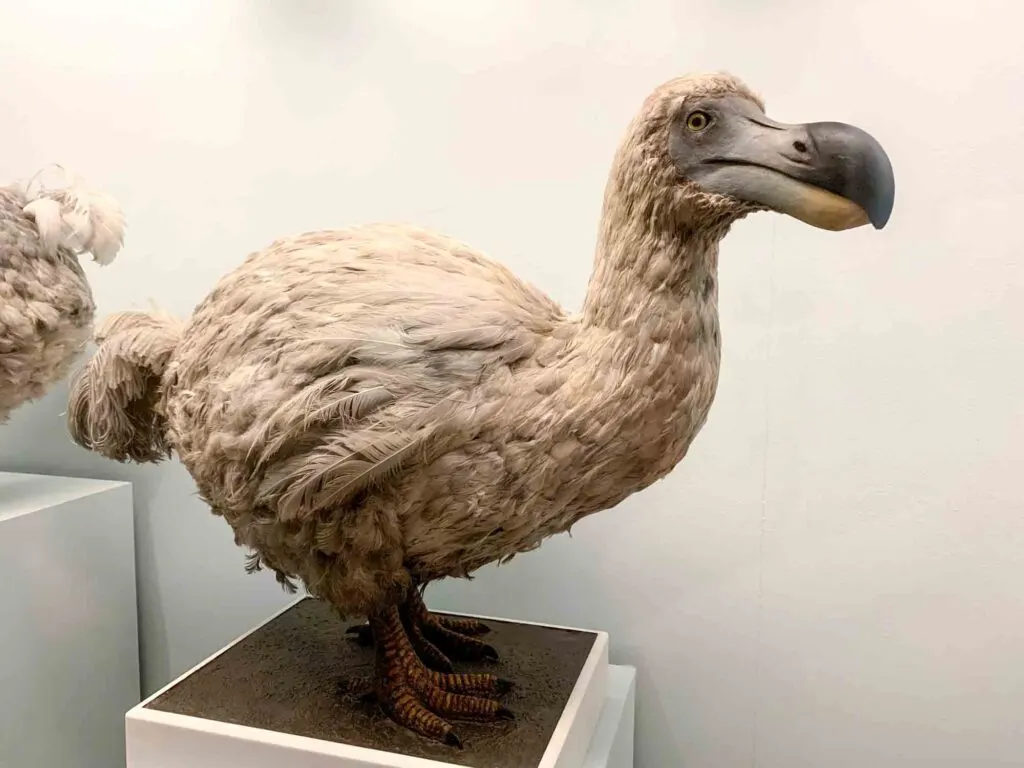
Native to Mauritius island in the Indian Ocean, the dodo is an extinct species of flightless bird.
These birds have been depicted to be grayish-brown in color with a large hooked bill and a tuft of tail feathers.
They were large and heavy and could weigh up to 50 pounds. Dodos were first noticed by sailors in the early 1500s and were extinct by 1681.
The reasons for their extinction include hunting, the introduction of invasive species, and habitat loss.
3. Passenger Pigeon
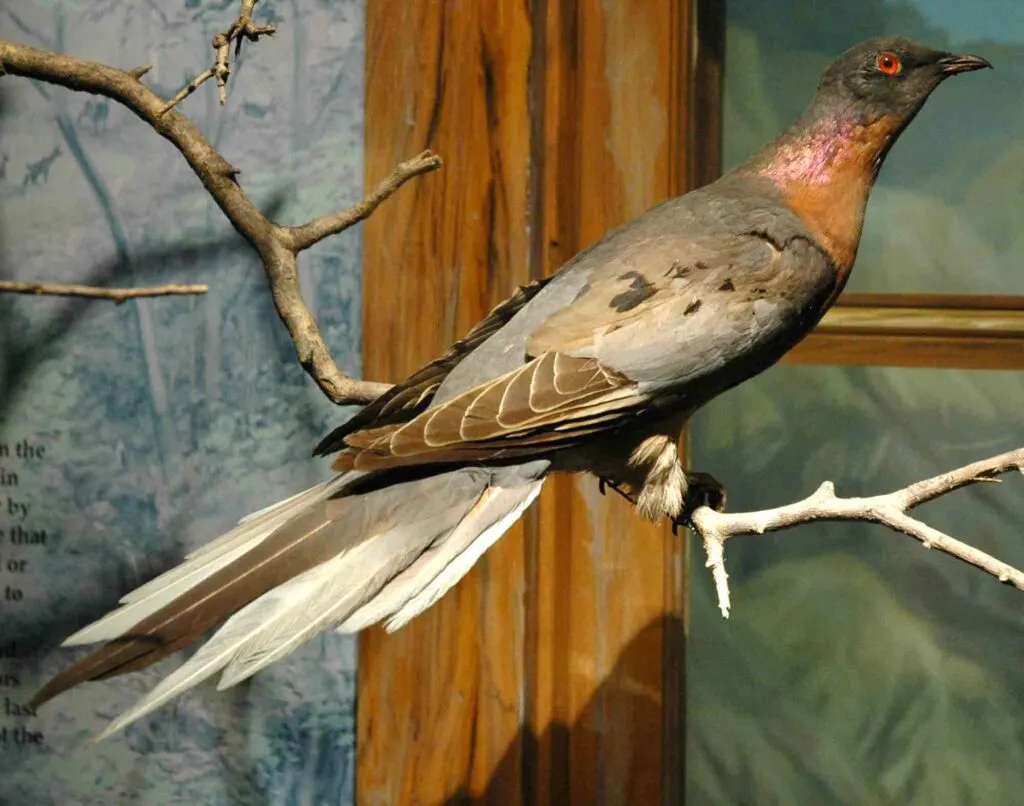
Passenger pigeons were a species of wild pigeon native to North America. Once regarded as the most abundant bird species in North America, these pigeons could be seen migrating in huge flocks for breeding or in search of food.
However, these birds were hunted extensively after the arrival of the European colonizers, who regarded them as cheap food.
The population of passenger pigeons declined rapidly between 1870 and 1890, and they were possibly extinct in the wild by the early 1900s. The last captive passenger pigeon died in Cincinnati Zoo in 1914.
4. Eurasian Auroch

Eurasian aurochs are one of the three subspecies of aurochs that are considered the ancestors of all domesticated cattle of the present day.
These extinct animals had massive horns, muscular bodies, and long, slender legs. They were among the largest herbivores of their time.
Eurasian aurochs underwent a rapid decline during the late Holocene period, mainly due to excessive hunting and loss of habitat. The last known individual died in 1627 in Poland.
5. West African Black Rhinoceros
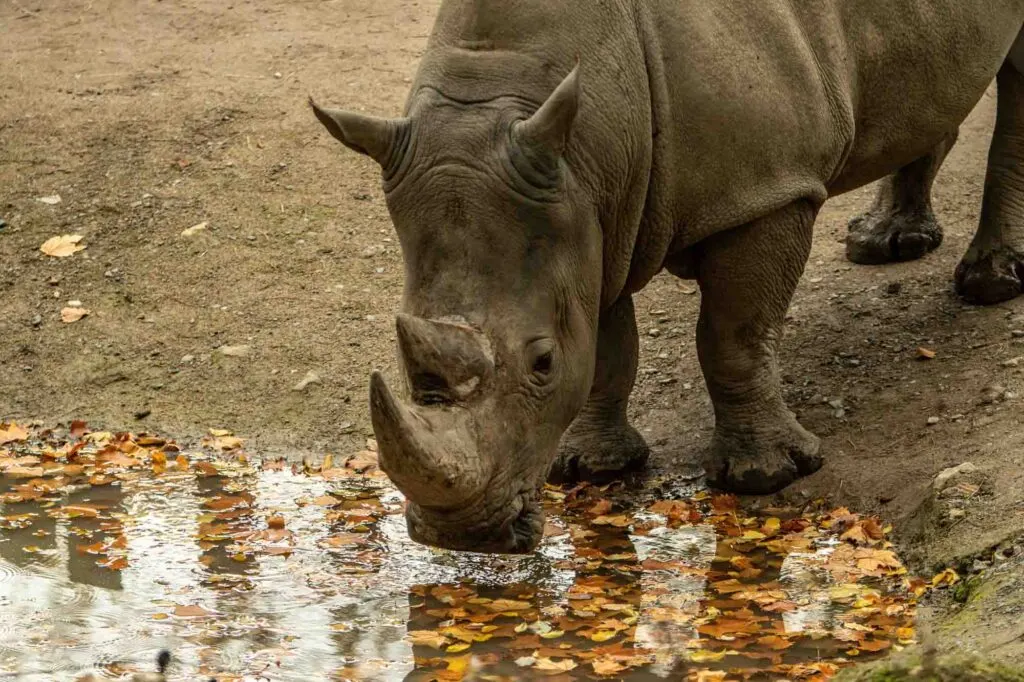
The West African black rhinoceros is a subspecies of the black rhino that once roamed the savannas of Africa in big hordes.
In fact, in the 1900s, this now extinct animal species had the largest population among all rhino species in the world.
They had two horns, which many believed had medicinal properties. As a result, these animals were extensively poached throughout the 20th century, and only ten individuals were left in 2000. In 2011, these animals were officially declared extinct.
6. Baiji White Dolphin
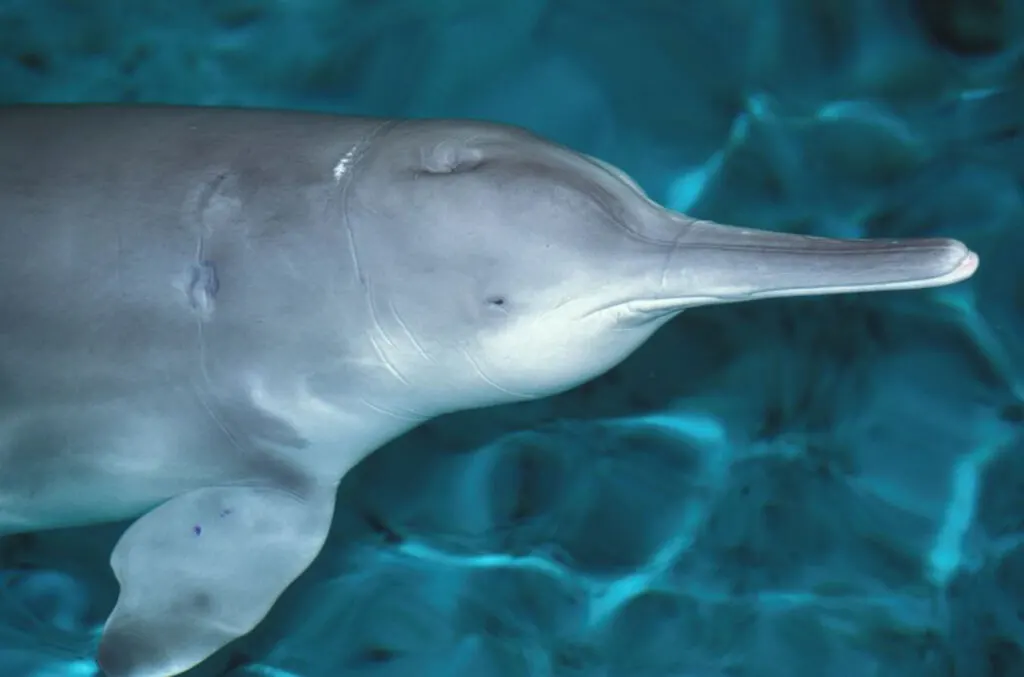
Baiji white dolphins are an extinct species that were found exclusively in the Yangtze River of China.
These dolphin species had stocky bluish-gray bodies with white underparts, small heads, tiny eyes, and long, narrow beaks.
These freshwater dolphins are considered to be possibly extinct, as none of these have been spotted for more than a decade despite multiple surveys of the river.
Their decline was due to several factors, including overfishing, habitat loss, and pollution.
7. Pyrenean Ibex
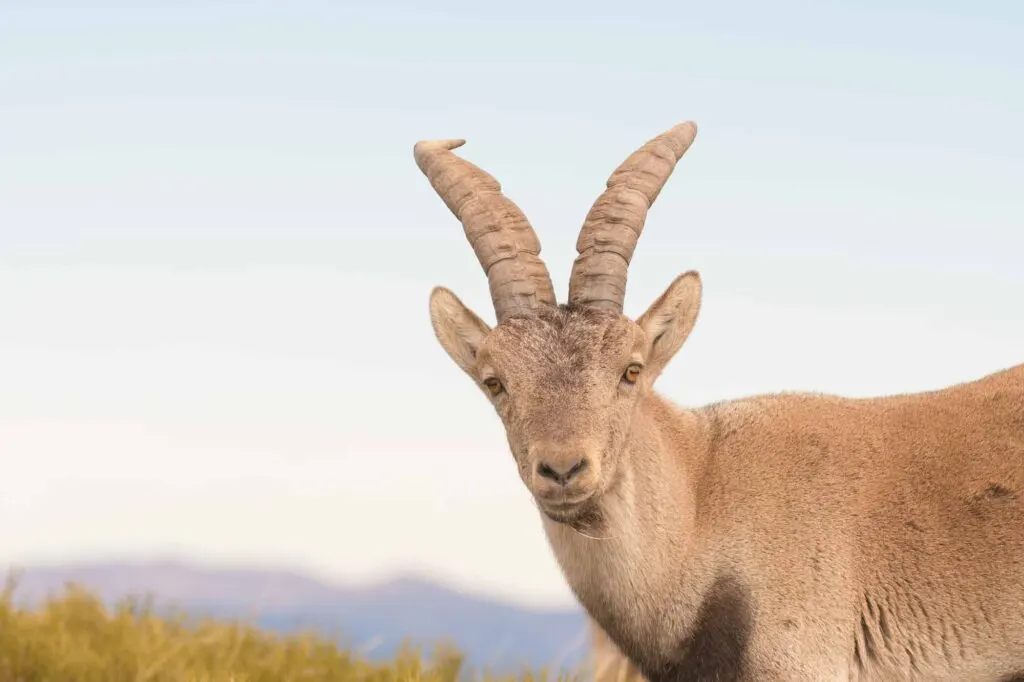
Next on our list of extinct animals is the Pyrenean ibex. These wild goats had a majestic appearance with large and thick curved horns.
Although the exact reason for their decline and subsequent extinction isn’t clear, poaching, the spread of diseases, and the introduction of non-native ungulate species within their habitats could have been some possible reasons.
The last Pyrenean ibex was a female named Celia, who died in 2000. A cloned Pyrenean ibex was born alive in 2003. However, the newborn survived only for a few minutes.
8. Bramble Cay Melomys
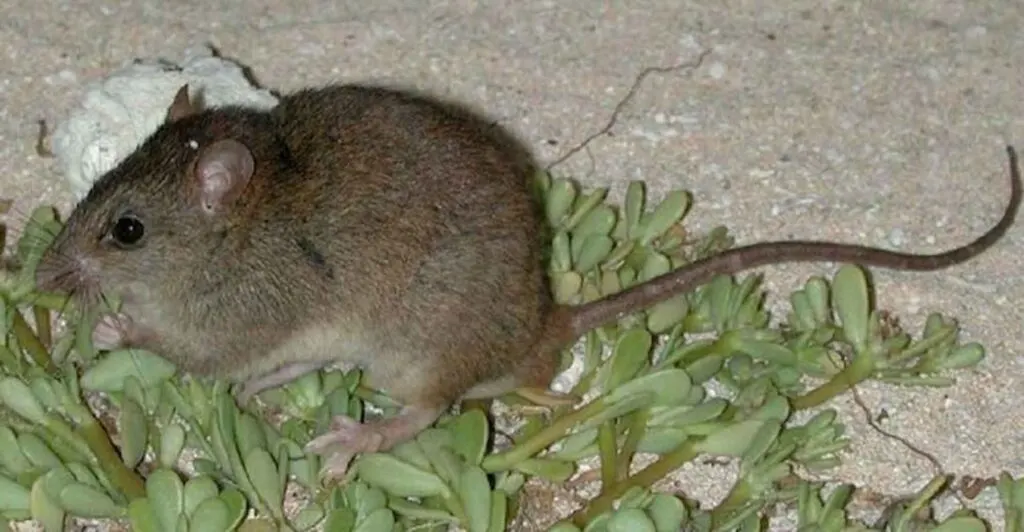
Native to Bramble Cay in Australia, Bramble Cay melomys are a rodent species that was officially declared extinct in 2019.
These small brown animals were last sighted by researchers in 2009 and had been reported extinct by multiple organizations by 2016.
These mammals were the first species to become extinct directly due to climate change.
The rising sea level intruding into the island resulted in a lack of food and shelter for the animals, which subsequently led to their decline and extinction.
9. Golden Toad
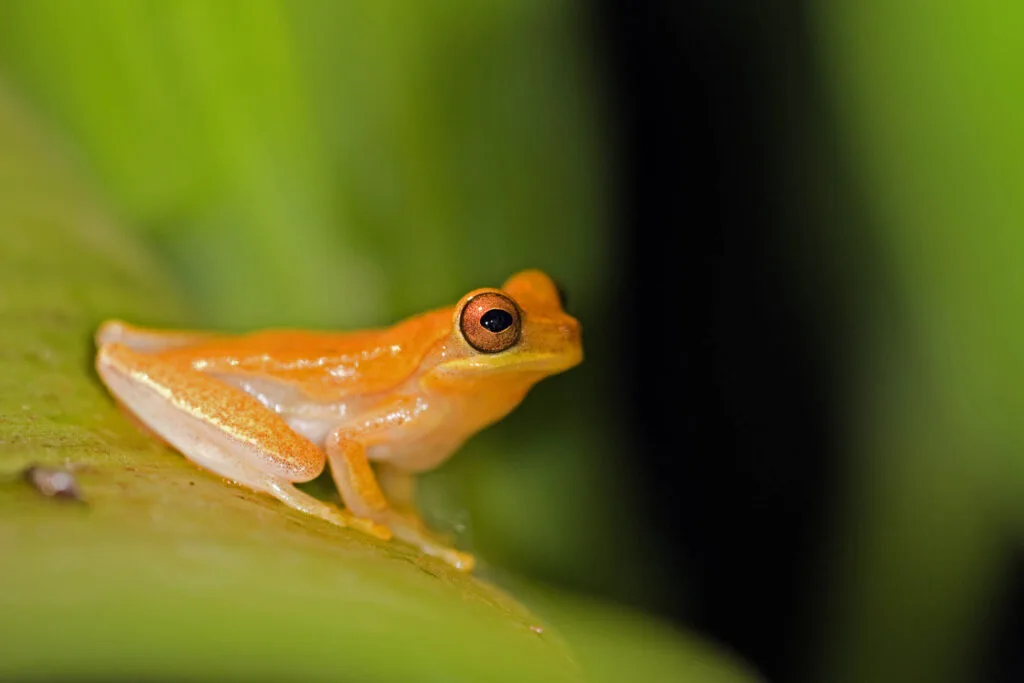
Golden toads were once widespread in the forested regions north of Monteverde in Costa Rica.
Males of this species had bright orangish bodies, while the coloration of females varied. First discovered in 1964, these toads were last sighted in May 1989.
These amphibian species were listed as extinct by the IUCN in 2004. The exact reason for their decline isn’t known, although climate change and fungal diseases are regarded as possible factors.
10. Quagga
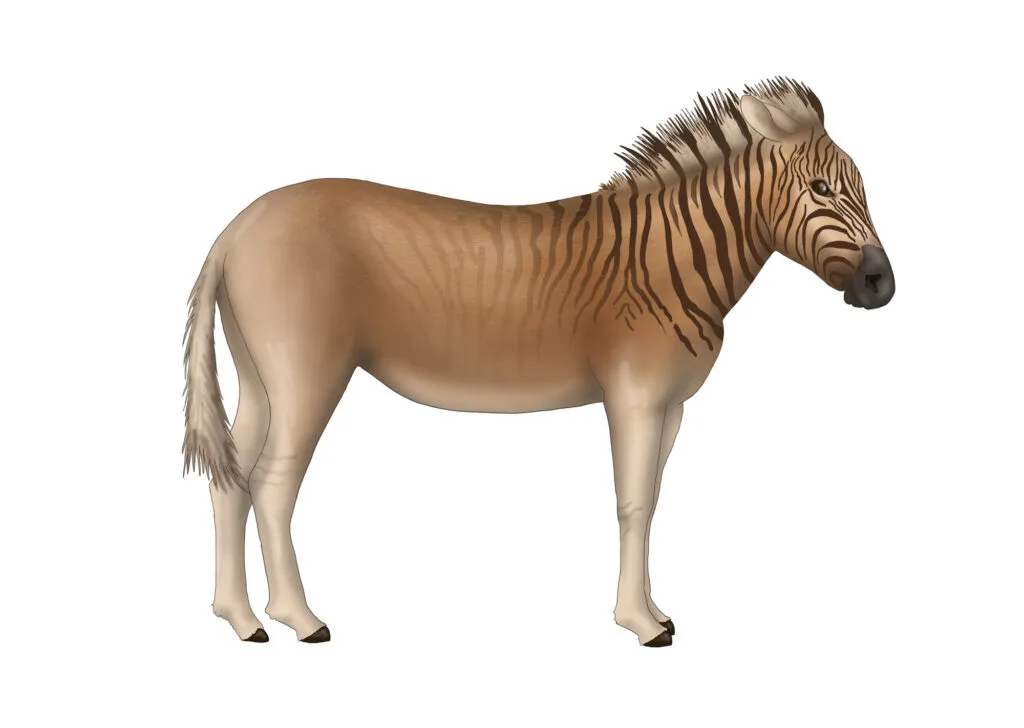
Next on our list of extinct animals is the quagga – a subspecies of the common zebra.
Native to Africa, these horse-like animals had brown and white stripes on the head, neck, and shoulders, while the rear was mostly plain brown.
Their populations greatly declined due to extensive hunting, and they were extinct in the wild by 1878.
However, the species survived in captivity till 1883. It was officially declared extinct in 1900.
11. Zanzibar Leopard
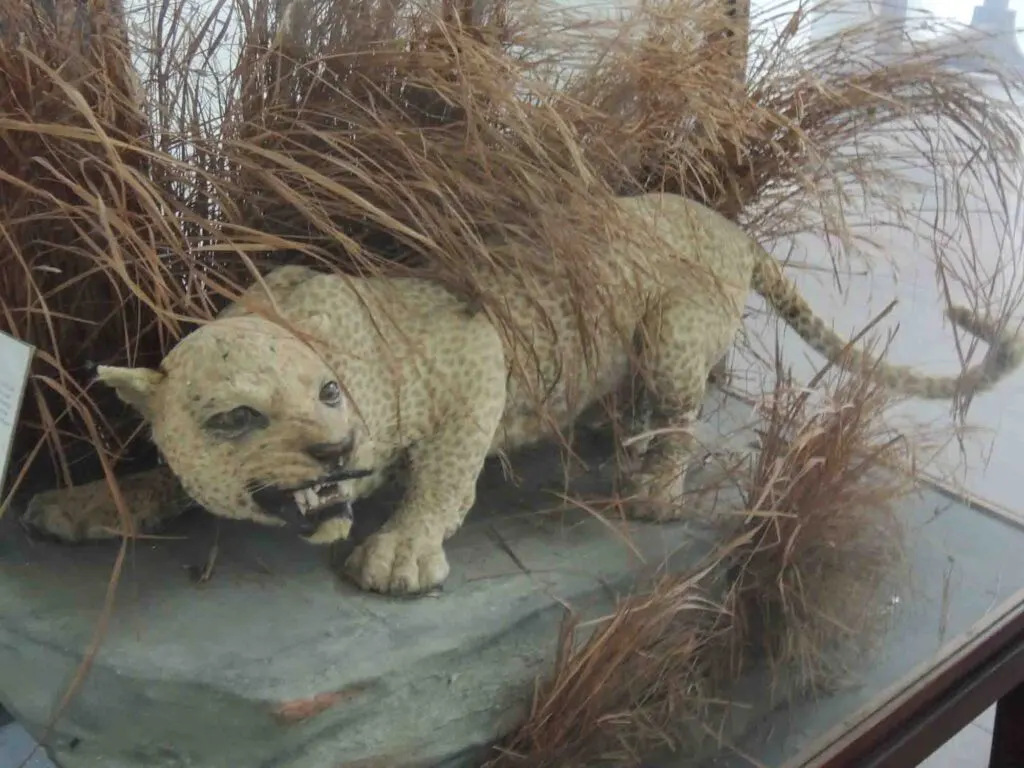
Zanzibar leopards were a large carnivore species native to Unguja Island in the Zanzibar archipelago in East Africa.
These leopards were driven into extinction mainly due to habitat loss due to encroachment by humans, as well as continuous hunting. The last confirmed sighting of the Zanzibar leopard was in the 1980s.
However, the species may not be extinct as of yet, as some biologists have recently claimed to have captured footage of the cat on camera after more than two decades of no sightings.
12. Madeiran Large White
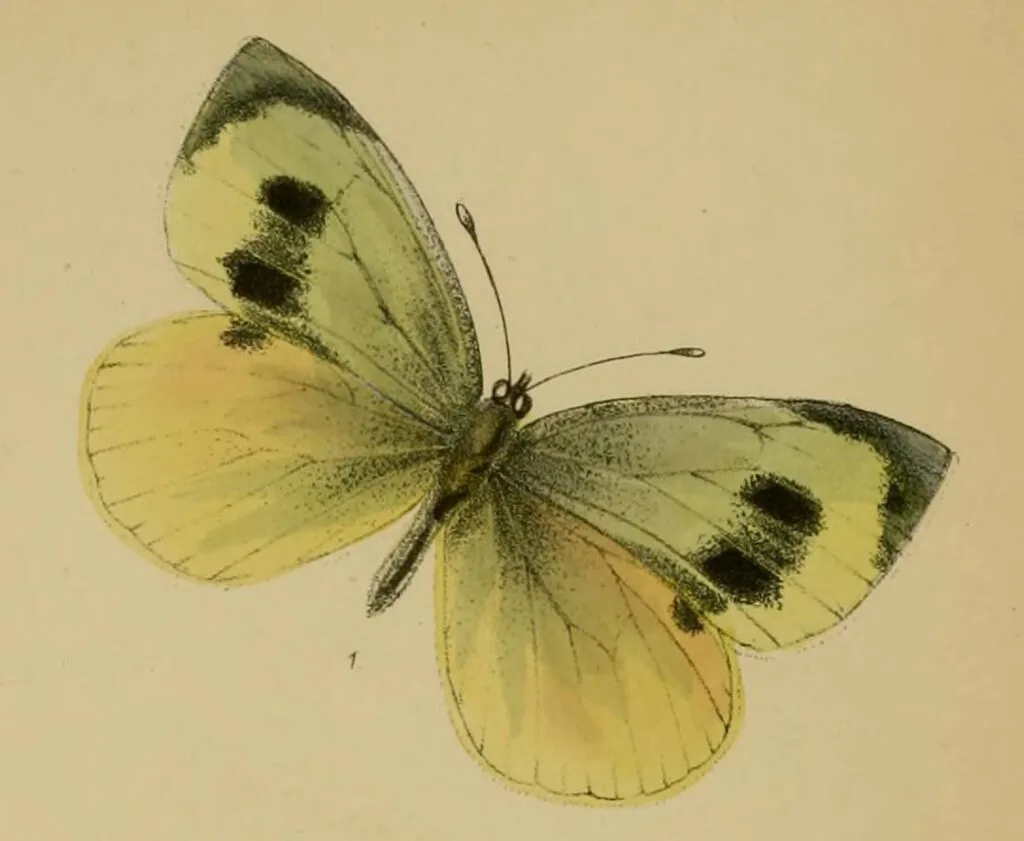
Madeiran large white is a species of butterfly native to the autonomous region of Madeira in Portugal.
They are pure white in color with some black markings on the forewings. These butterflies were last observed in 1977, and there have been no sightings ever since. Therefore, this species is regarded as possibly extinct.
Possible reasons for their decline have been attributed to pollution, natural habitat destruction, and the introduction of the small white butterflies.
13. Falkland Islands Wolf
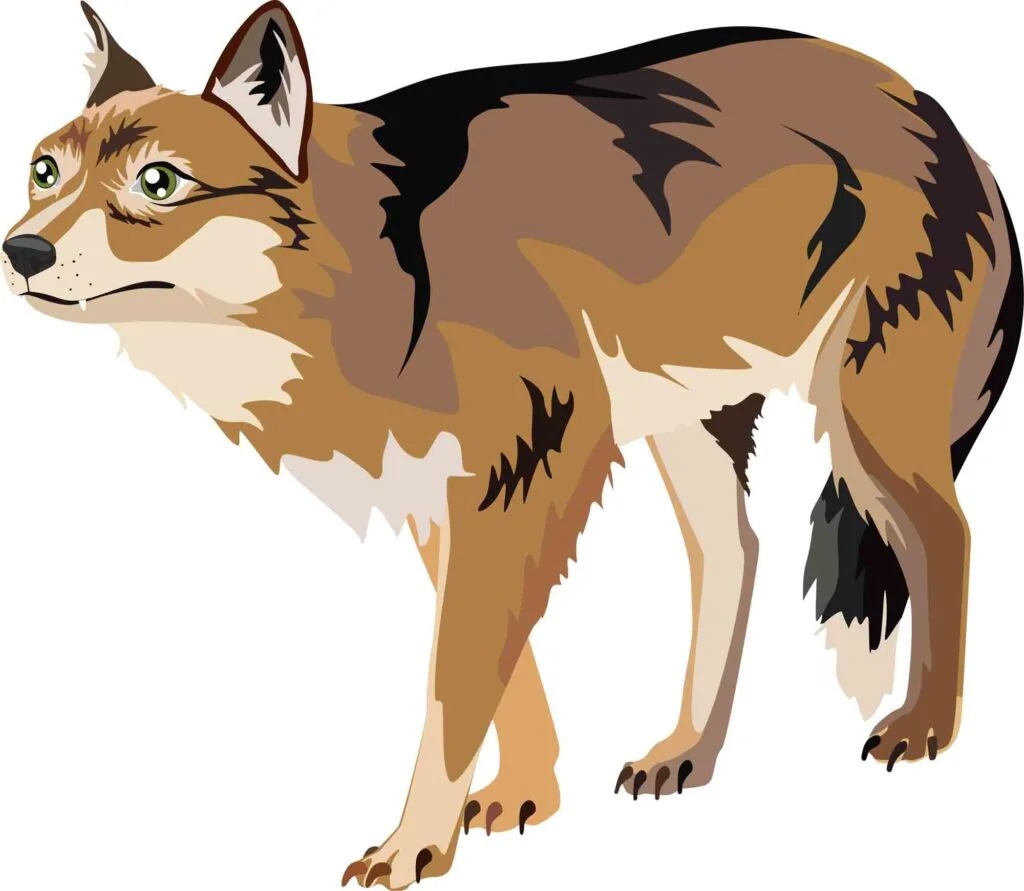
Also known as the Antarctic wolf, Falkland Islands wolves are next on our list of extinct animals.
These were the sole native land mammals of the Falkland Islands and could be recognized by their tawny coats and white-tipped tails.
These animals were extensively hunted for their fur and were also poisoned by the locals, who perceived them to be a threat to their sheep.
As a result, these wolves had become extinct by 1876.
14. Smooth Handfish
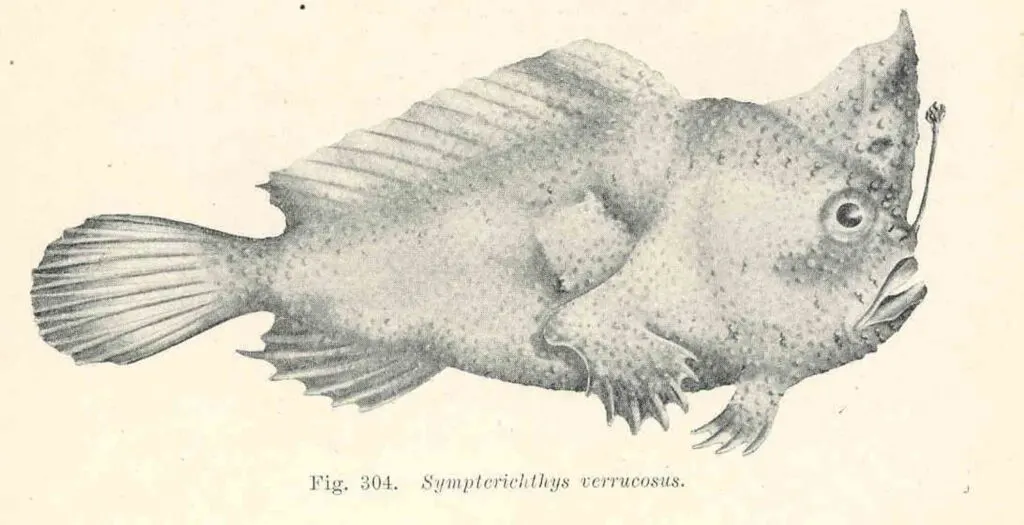
Smooth handfish was a common species native to the waters near the coast of Tasmania in Australia.
These weird-looking fishes had large, bulging eyes and protruding barb-like fins on their heads. Fishes of this species were able to walk on the shallow sea floor using their spiky fins.
The decline of this species is likely due to habitat loss – a result of the intensive harvesting of oysters and scallops in the area. The smooth handfish is a recently extinct animal, and it was declared so by the IUCN in 2020.
However, this was later reversed, and they were categorized as a data-deficient species in 2021.
15. Javan Tiger
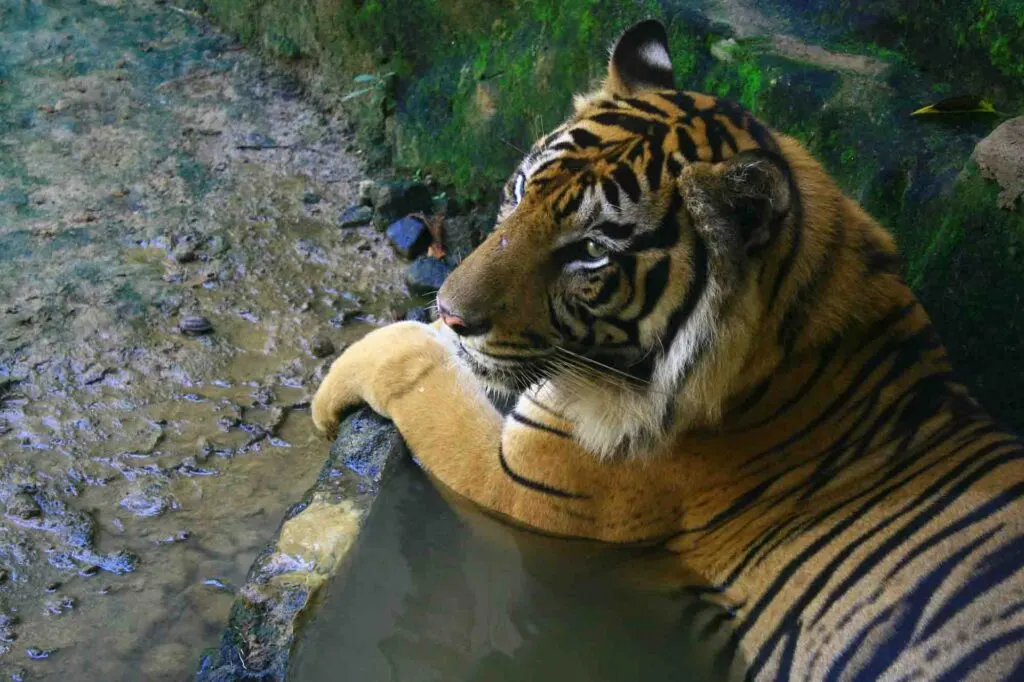
Native to Java in Indonesia, Javan tigers were a smaller tiger subspecies that roamed the islands till the 1970s.
They were around 98 inches in length and had long and thin black stripes all over their bodies. These animals were driven to extinction due to habitat loss and large-scale hunting.
There have been several claims of sightings of these animals or their paw prints over the years, although none of these have been confirmed.
16. Tasmanian Tiger

Next on our list of extinct animals is the Tasmanian tiger, which, contrary to its name, isn’t really a tiger but a carnivorous marsupial instead.
They were named so due to the stripes on their lower backs, which resemble that of a tiger.
The last wild Tasmanian tiger was killed in 1930 in Tasmania, while the last captive individual died in 1936.
While hunting was a major reason for their decline, other notable causes included habitat encroachment, diseases, the introduction of dingoes, and climate change.
17. Steller’s Sea Cow
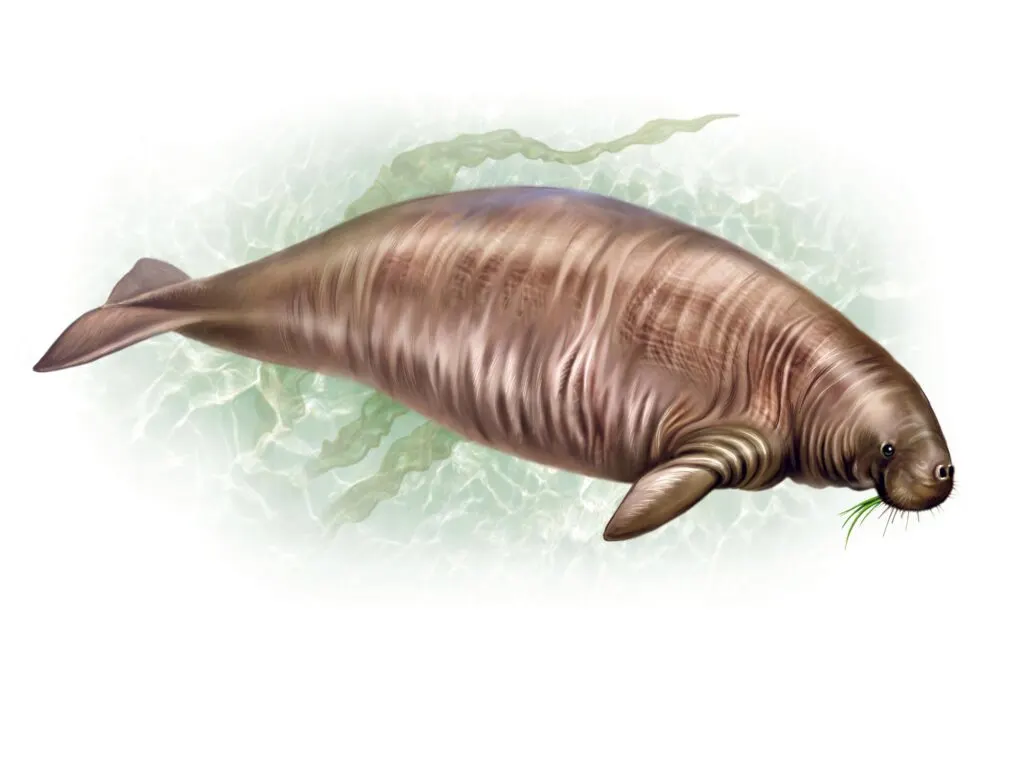
Steller’s sea cows were a large species of marine mammal that reached around 30 feet in length.
They were discovered in 1741 near the Commander Islands in the Bering Sea. These sea cows were hunted extensively following their discovery, and the already small population was soon wiped out.
While they were regarded as extinct by 1768, there were some sporadic sightings in the early 1800s, too.
18. Woolly Mammoth
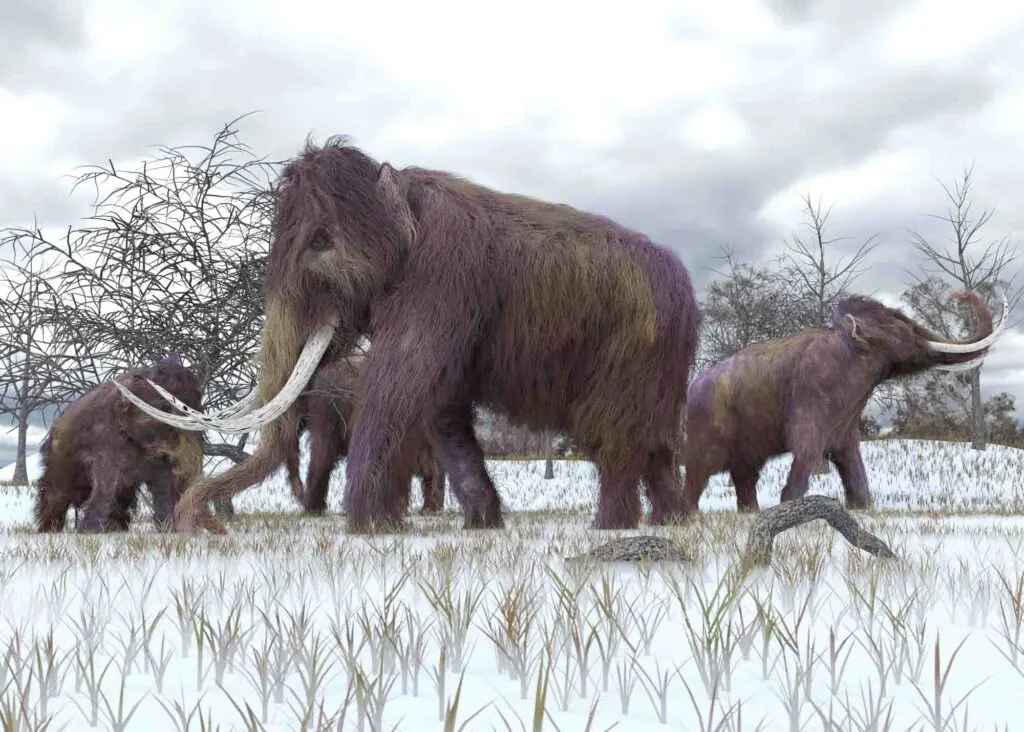
Wooly mammoths are prehistoric animals that were similar in size to present-day African elephants.
These mammoths had thick wooly fur on their bodies, which protected them from the cold, and had enormous curved tusks. This mammoth species disappeared between the late Pleistocene and mid-Holocene eras.
While there have been many theories regarding their extinction, climate change and hunting are considered to be the most likely causes.
19. Saber-Toothed Tiger
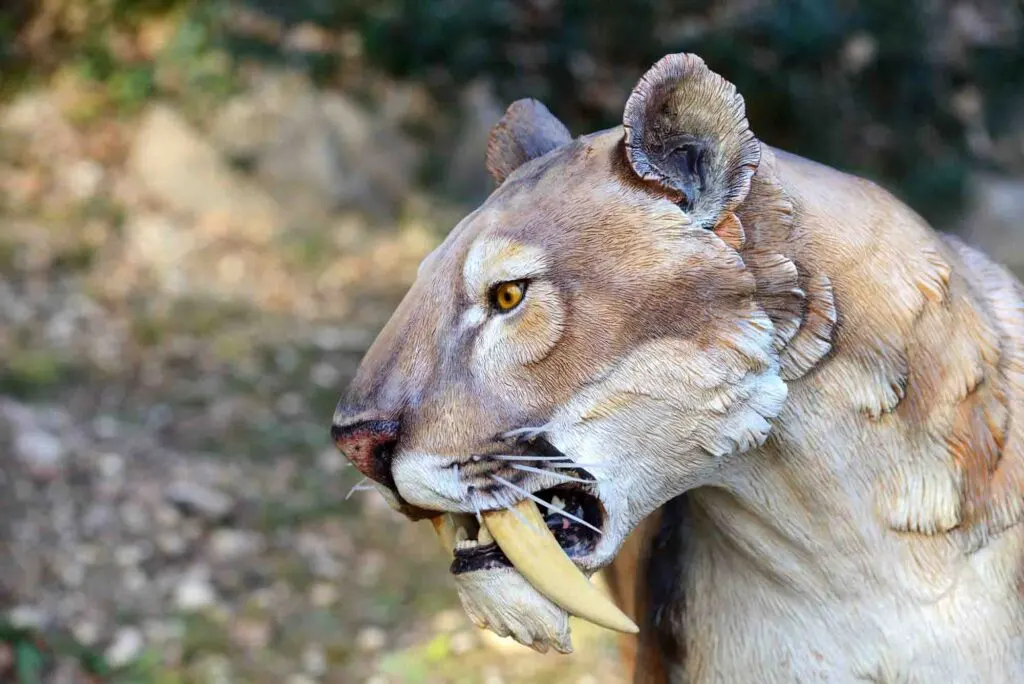
Saber-toothed tigers are an extinct species of apex predators that roamed throughout the Americas during the Pleistocene epoch.
They had very long and sharp canine teeth that could easily slice through the flesh of their prey.
These large cats became extinct around 10,000 years ago, although the exact cause is unknown. However, climate change could have been a major factor in their decline.
More Extinct Species From Around the World
Pinta Island tortoise – the last animal, Lonesome George, died in 2012.
Splendid poison frog – extinct species of poison dart frog from Panama.
Spix’s macaw – illegal pet trade led to their extinction in the wild.
Tecopa pupfish – endemic to a pair of hot springs in the Mojave Desert of California.
Extinct Animals FAQ
What is animal extinction?
Extinction in biology means when a species dies out completely.
How many species are estimated to be extinct?
Scientists count 881 animal species as having gone extinct since around 1500, dating to the first records held by the IUCN.
What are the main reasons for animal extinction?
Habitat loss is the primary cause of higher extinction rates. Other causes include habitat changes, climate change, over-exploitation of wildlife for commercial purposes, the introduction of harmful non-native species, pollution, and the spread of diseases.
Was this article about extinct animals useful? Then share it on your social media!
